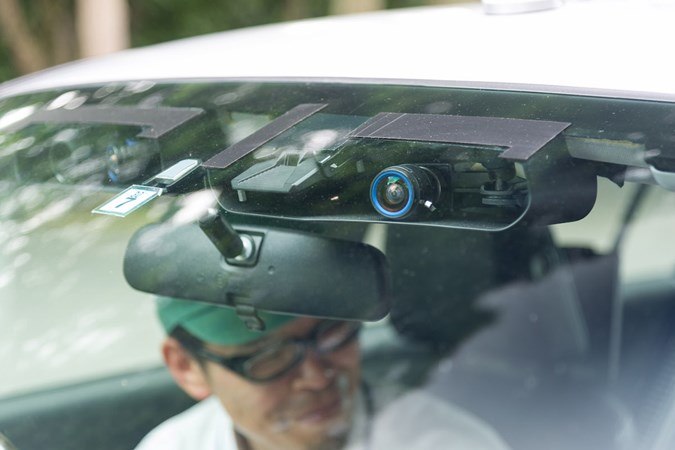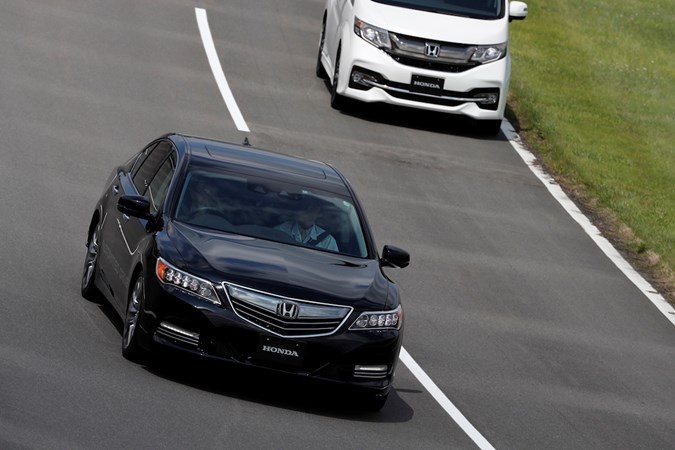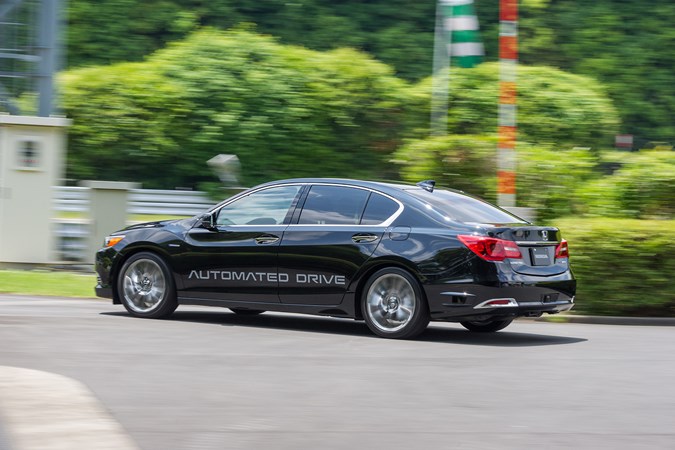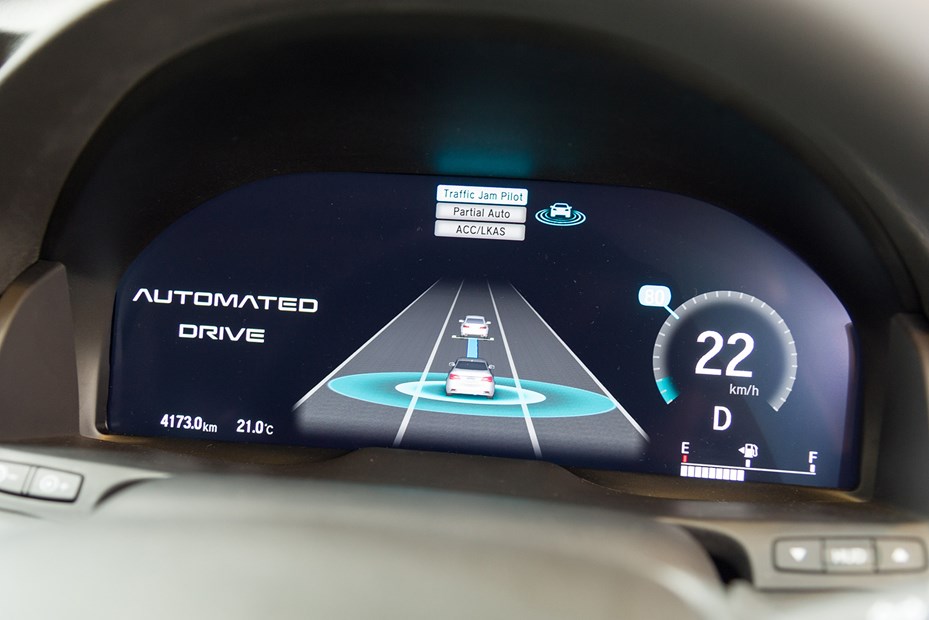If the idea of dialling in your destinations for the day into your car and letting it do the driving for you appeals, then you’ll be awaiting autonomous, or driverless, cars with relish. Carmakers are racing to get theirs on the market – and with very good reason. Whoever is first will undoubtedly gain the fame.
Honda is pushing hard. It’s aiming to have a ‘Level 3’ autonomous car on sale by next year, following that up by a smarter ‘Level 4’ car by 2025. And it’s keen to let journalists ride in the car that can deal with the daily grind of the motorway – reliably – on your behalf.
How does the Honda driverless car work?
Honda says that it’s a combination of cameras, LiDAR and a liberal application of Artificial Intelligence (AI) that will allow this to happen seamlessly. Once integrated AI starts making overall decisions about where and how the car drives, you’ve achieved autonomy.

In the case of Honda, this is where the huge development resources go. The company has set up its new HGX lab in Tokyo to coordinate plans to develop autonomous cars. In addition, Honda has announced strategic technical alliances with Waymo (formerly the Google self-driving car project) and the Japanese communications and data giant, Softbank.
What’s the Honda driverless car like to ride in?
Very nice. And you can understand that why Honda is throwing the kitchen sink at driverless cars. Honda’s CEO of R&D in Japan, Yoichi Sugimoto, said: ‘We want highway autonomy by 2020, and want an accident-free society.
‘By eradicating human error, 90% of collisions will be avoided.’
Riding in the the Honda Accord prototype running this system, you can see why the company can be so bullish about the number of accidents it will reduce.
The autonomous driving system works reasonably seamlessly. The driver starts off conventionally, but as soon as he wants the car to take the strain, it’s a case of hitting the steering-wheel mounted automatic button and letting go of the wheel. It’s as simple as that.

It makes decisions on when to overtake, and how to join the back of a queue. It’ll even let you Skype or watch the TV – but won’t let you resume control of the car until your hands are on the wheel and you’re looking at the road ahead.
Will it change the way you work?
Undoubtedly. The car’s huge numbers of cameras and sensors see everything, and the speed of AI programming development means that with self-learning computers, mistakes shouldn’t happen.
For company car drivers, the best systems will free you up to get back on the phone again safely, and help make the car a calm working environment again. These systems will help to manage our increasingly crowded motorways more effectively too, which is no bad thing.
It’s early days, definitely. but from what we’ve seen, the future’s looking interesting.












